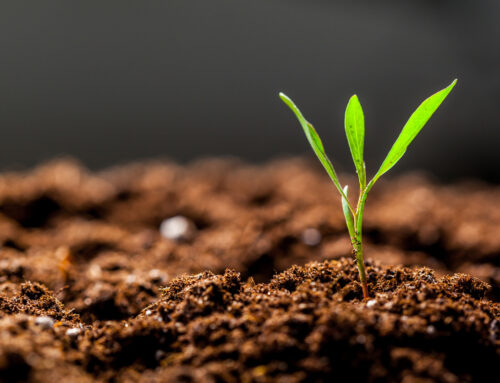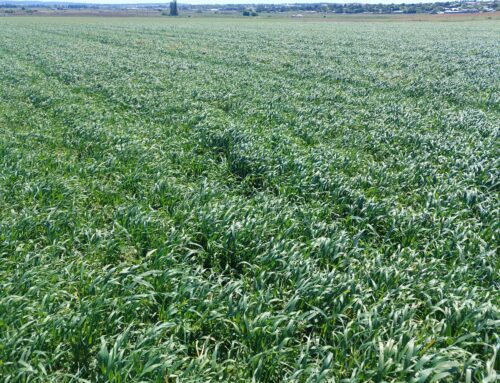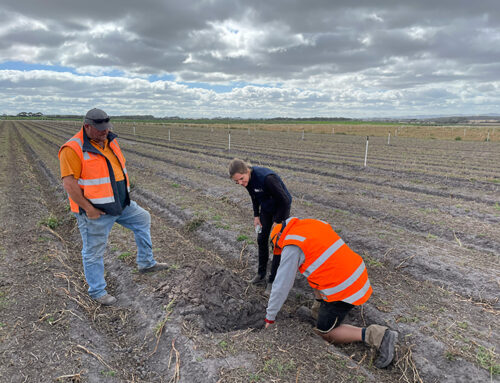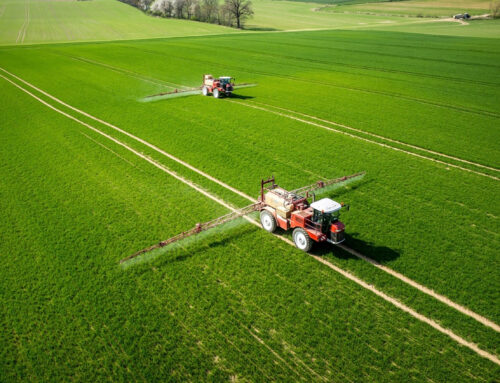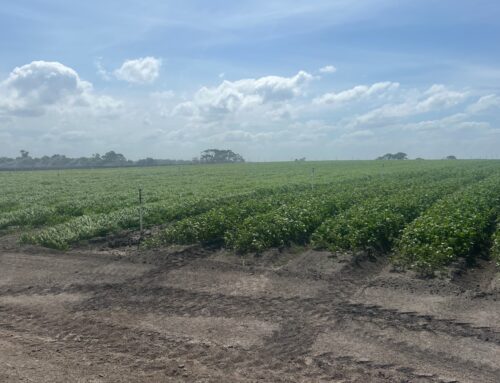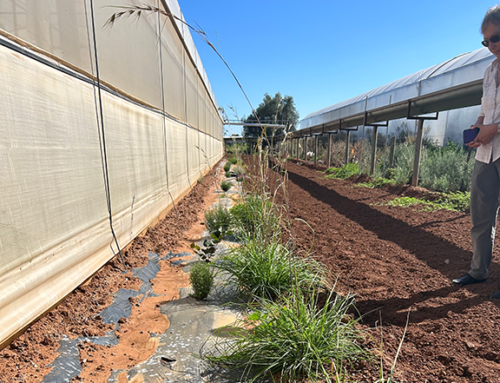Presented by renowned plant pathologist Dr Len Tesoriero from the NSW Department of Primary Industries as part of the Soil Wealth and Integrated Crop Protection projects.
This webinar covers:
- Nutrition and disease relationships
- Effect of different forms of nitrogen and other nutrients on soil borne disease

